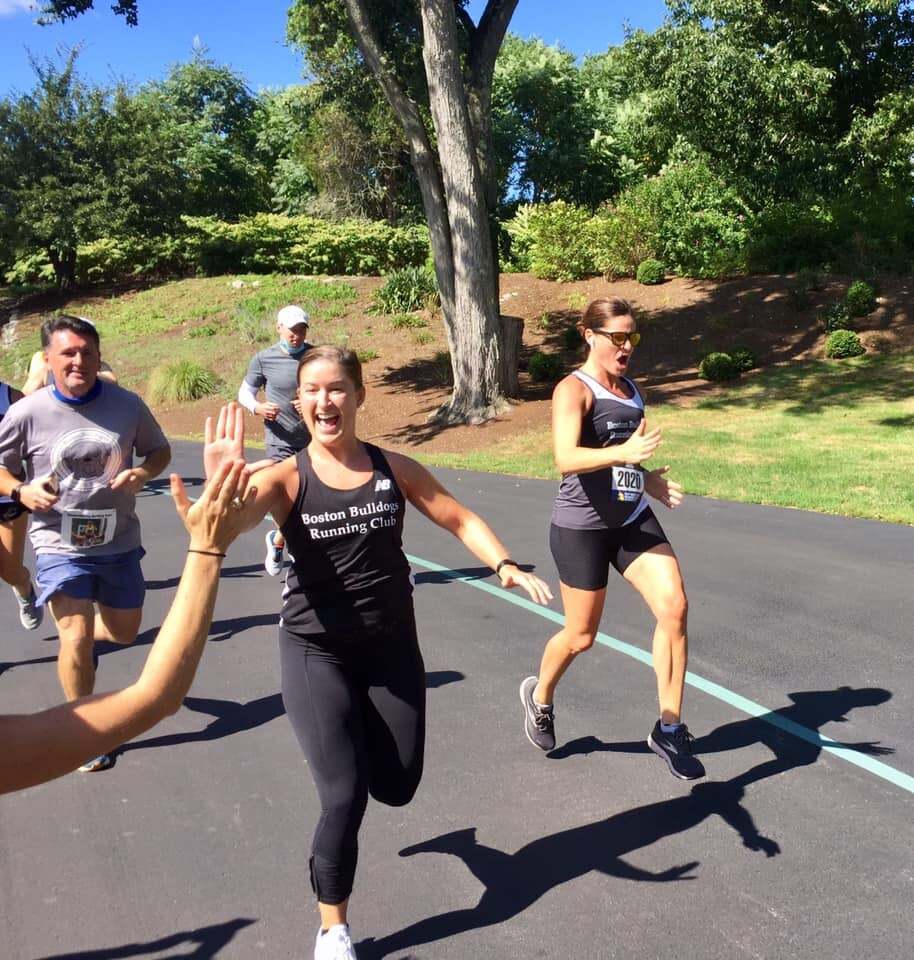By Hannah Green
BU News Service
BOSTON — Peter Grinspoon knows about opioid addiction first hand.
He became addicted to opioids as a medical student but was able to work toward full recovery through treatment programs and support groups. Today, he is a primary care doctor in Chelsea, a staff member at Massachusetts General Hospital and Harvard Medical School instructor.
Grinspoon is among several local physicians sounding an alarm: COVID-19 is reducing access to recovery services as the nation experiences a spike in drug overdoses.
“Drug and alcohol abuse is up in the general population during this pandemic,” Grinspoon said. “And then you take away the recovery support — it just seems like a recipe for disaster.”
Some data supports Grinspoon’s fears. The Overdose Detection Mapping Application Program, located at the University of Baltimore, reported an 18% increase in drug overdoses nationwide following stay-at-home orders this spring.
Dr. Scott Weiner was one of several researchers to analyze Massachusetts EMS data to track overdoses during the pandemic. He said there was a rapid decline in all calls to EMS following March’s state of emergency announcement.
“[People] were scared to come to the hospital because that’s where COVID is,” said Weiner, who is also an emergency medicine physician at Brigham and Women’s Hospital and director of the Brigham Comprehensive Opioid Response and Education Program.
Weiner said this trend changed over the last few months as regular EMS transportations remained low, while calls involving overdoses increased to pre-pandemic levels.
“They’re back. [Overdoses] are affecting people disproportionately to other medical conditions,” Weiner said. “We’re feeling that in the hospital as well.”
Massachusetts has been a growing hotspot for the opioid epidemic. The commonwealth’s Department of Public Health reported that overdoses were four times higher in 2015 than 2000. Two-thirds of the cities in Massachusetts reported an overdose between 2013 and 2014. However, opioid-related overdoses have been decreasing since 2016.
The DPH recently released data on opioid overdoses for the first nine months of 2020. There were 1,517 confirmed and estimated opioid related overdose deaths, an estimated 33 more deaths compared with the first nine months of 2019.
Weiner said his team’s data are currently in review for publication. The DPH data has not been finalized for the year, and the long-term implications of the pandemic are not clear.
Although Weiner said Brigham’s emergency department is prepared for overdose patients, concerns are growing about the impact of COVID-19 on access to rehabilitation and recovery programs.
“We’re already in the midst of this awful opioid epidemic and we’re struggling to get treatment to people,” Grinspoon said. “Virtually every intervention we have to help people has been made more difficult or more scarce by the pandemic.”
Prior to the pandemic, Grinspoon said that opioid treatments like methadone and buprenorphine were only available through daily pickups and in-person appointments.
While Massachusetts has relaxed these guidelines, such as allowing telehealth appointments to prescribe buprenorphine and allowing patients access up to a full month’s prescription of methadone at once, rather than requiring them to come in daily for treatment, Grinspoon is concerned about telemedicine’s accessibility.
“This presupposes that doctors are available and not being taken over to work on COVID patients, that patients have computers to do telemedicine clinics, that people have money for the medications–that they don’t need that money for food,” he said.
Grinspoon was also concerned about accessibility to recovery groups during the pandemic.
“They say that the opposite of addiction is connection, and it’s just harder to connect at every level with this physical distancing,” he said.

While most support programs have moved online, some groups have found ways to meet in-person following social distancing requirements. The Boston Bulldogs Running Club helps those affected by addiction find emotional and physical well-being.
Jennifer Teig von Hoffman had been in recovery for nearly 30 years when she joined the Bulldogs in 2016. She said that while running to recovery might seem unconventional, she has seen the benefits firsthand.
“I know that the recovery rates from substance abuse are not great,” she said. “So I really feel strongly we have to keep trying to come up with new models. I was seeing people recover through [this program], so I want to do whatever I can to support it.”
When the pandemic hit Massachusetts, Teig von Hoffman said the group immediately stopped in-person runs.
“I know a lot of us felt kind of panicked and like, ‘Oh my god, how are we going to take care of ourselves. How are we going to take care of each other?’” she said.
The group used Zoom check-ins, running apps and meditation sessions to stay connected through the spring. The group returned to socially-distanced runs in Quincy, Plymouth, Natick and at the Chestnut Hill Reservoir over the summer.
Teig von Hoffman said the Bulldogs’ unique combination of physical fitness and community has increased their membership even during the pandemic.
“This is a kind of help that’s different than any other kind of help I’m aware of for recovery from substance use,” she said. “I think the combination of gathering people together and having a healthy goal to strive for is pretty profound.”





